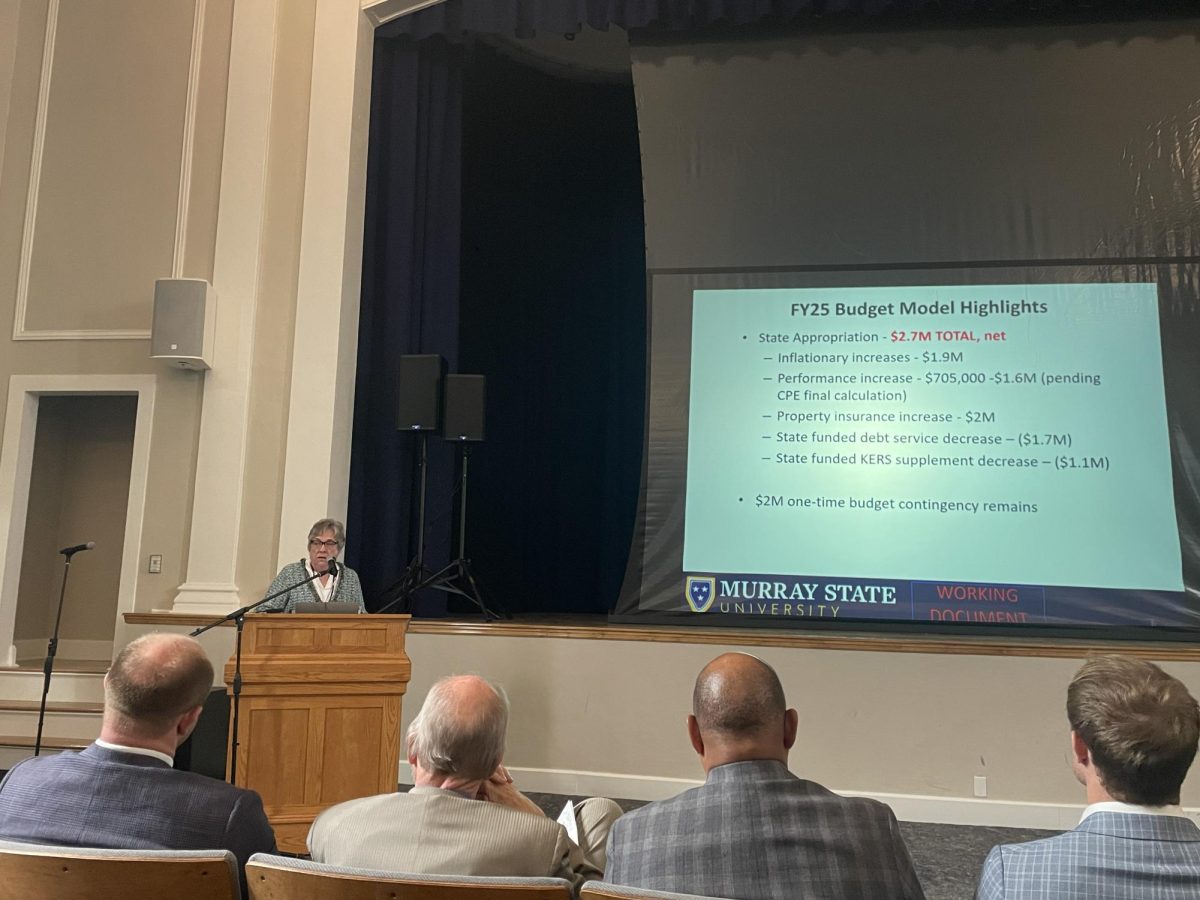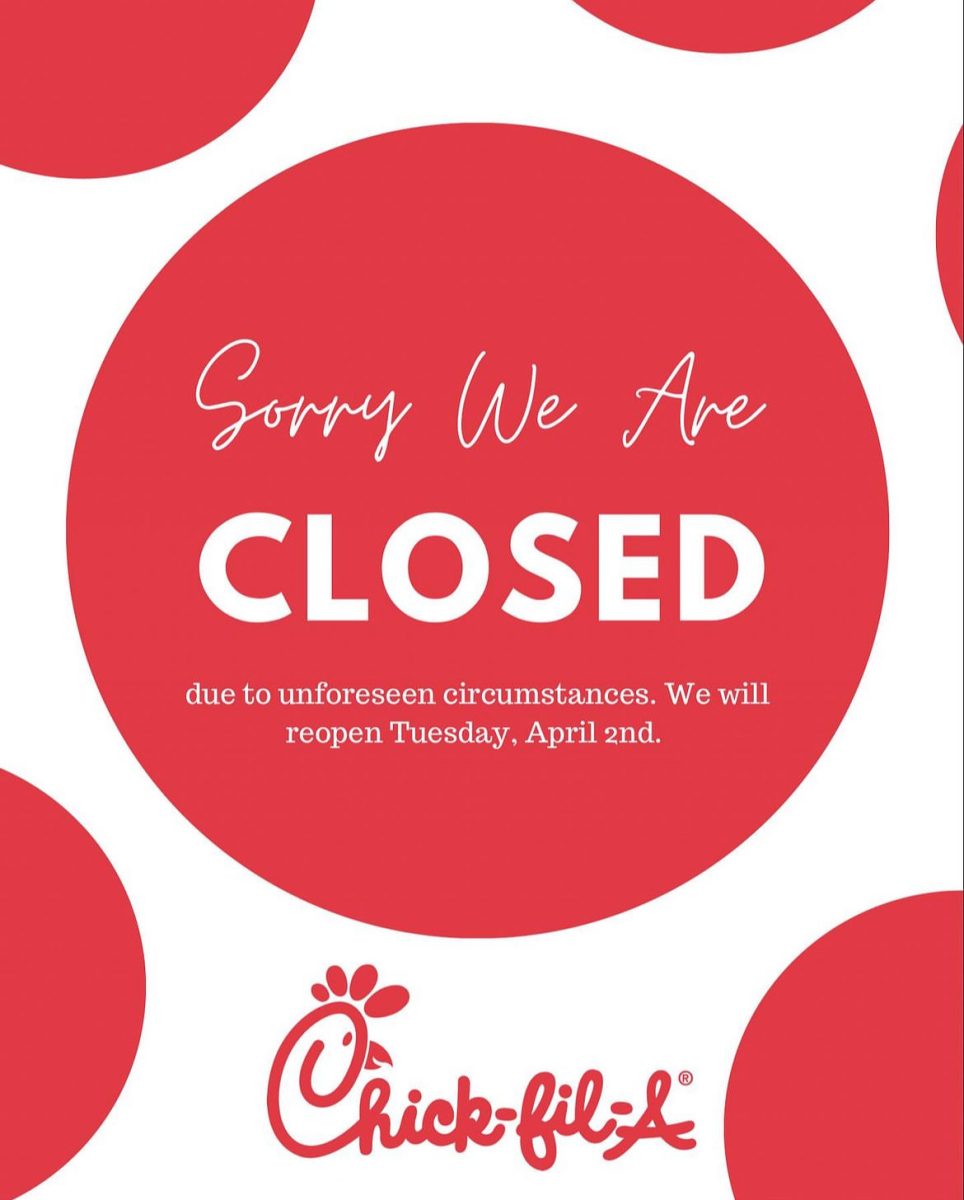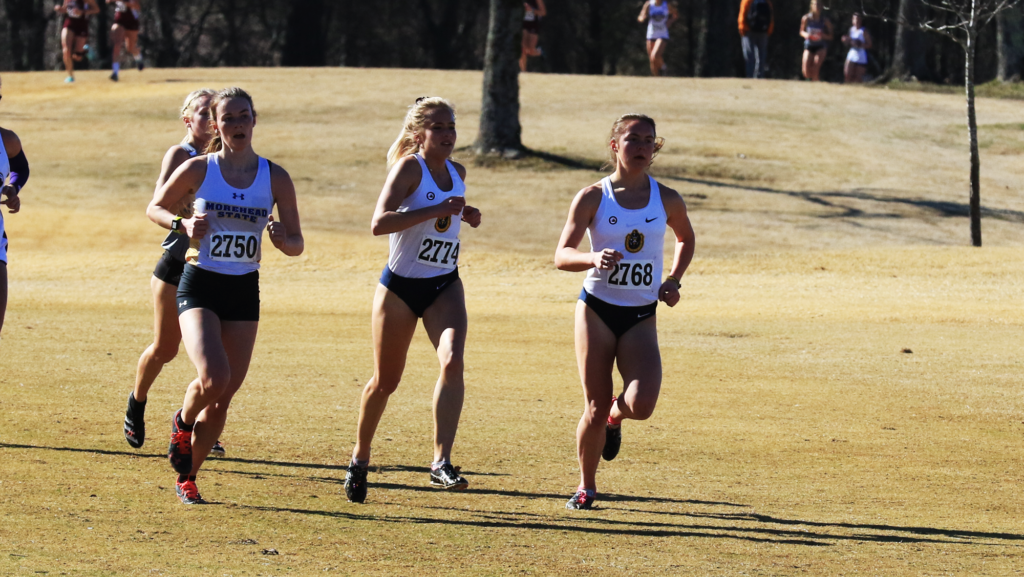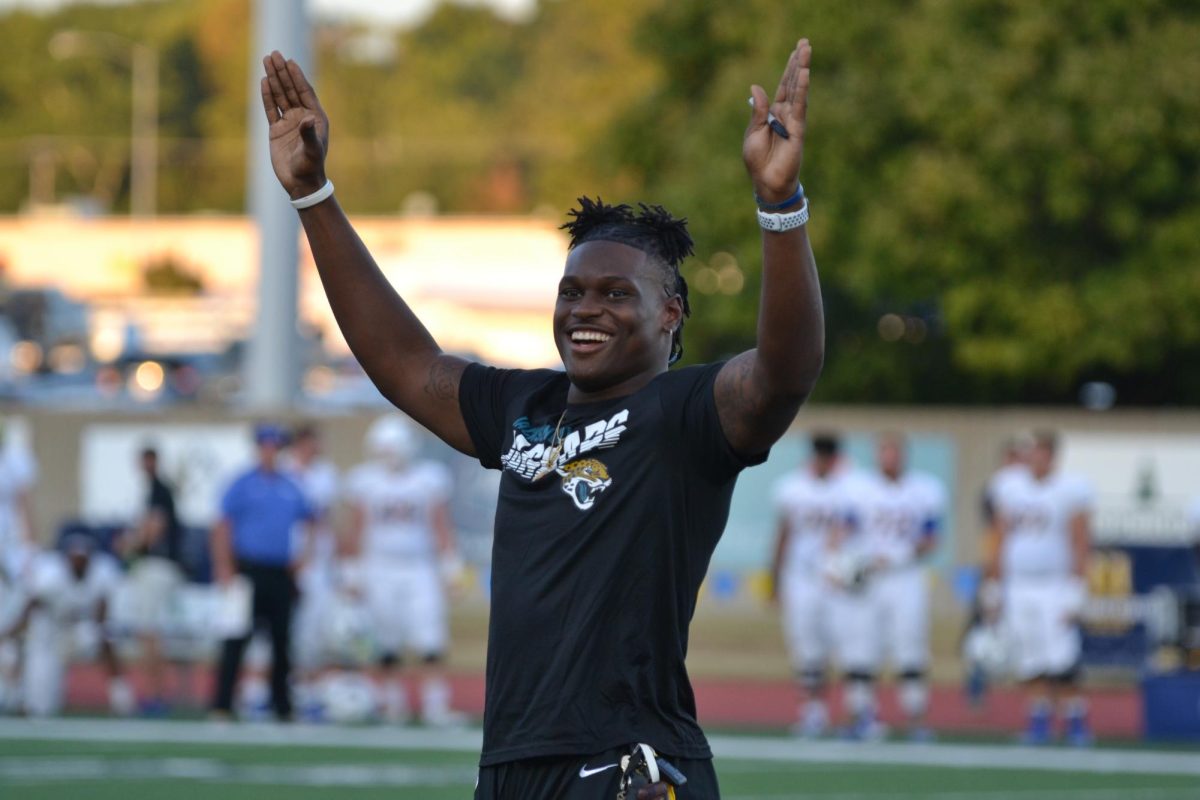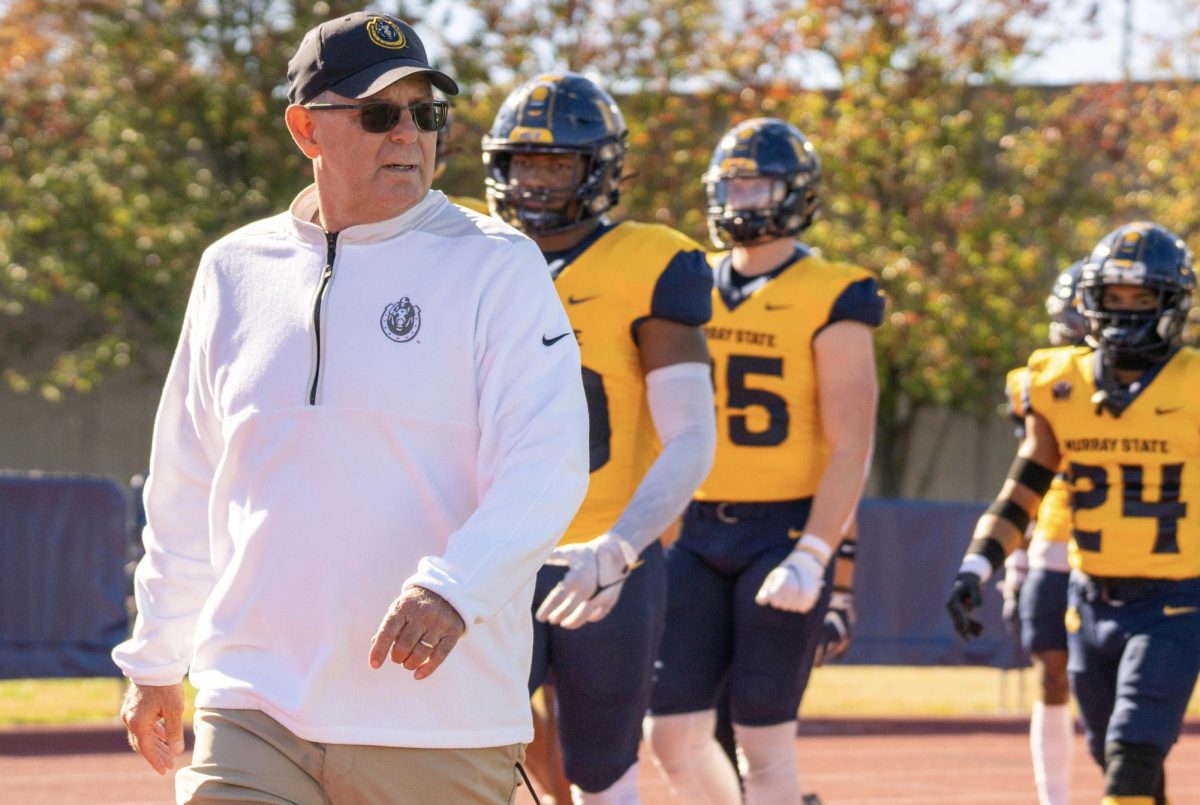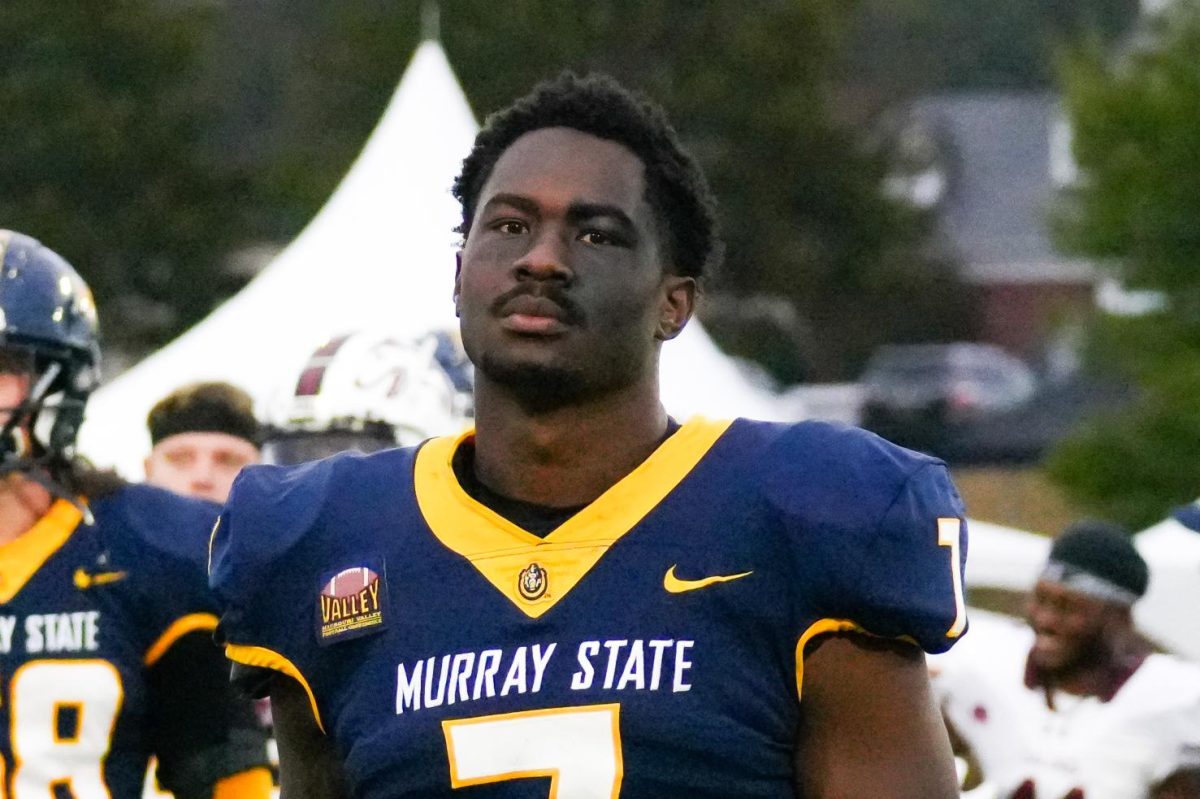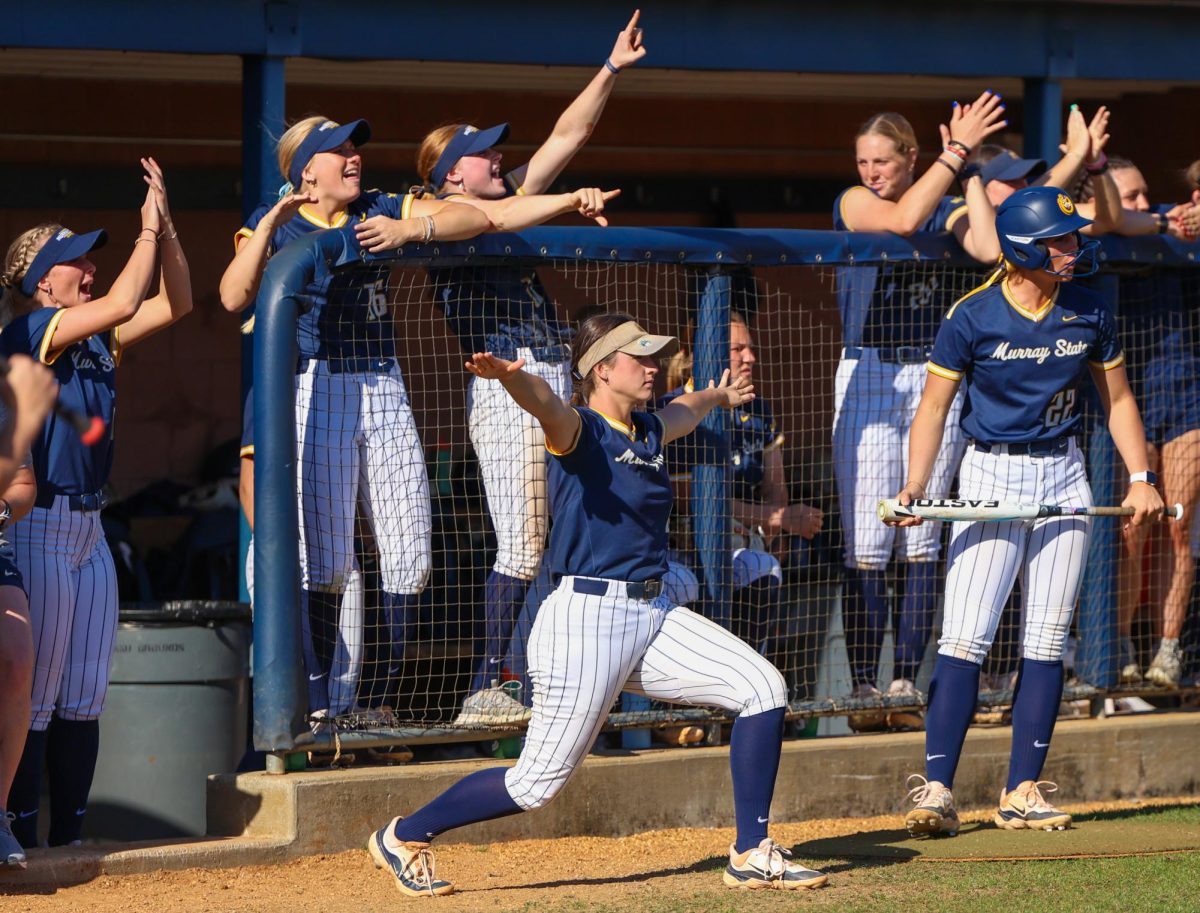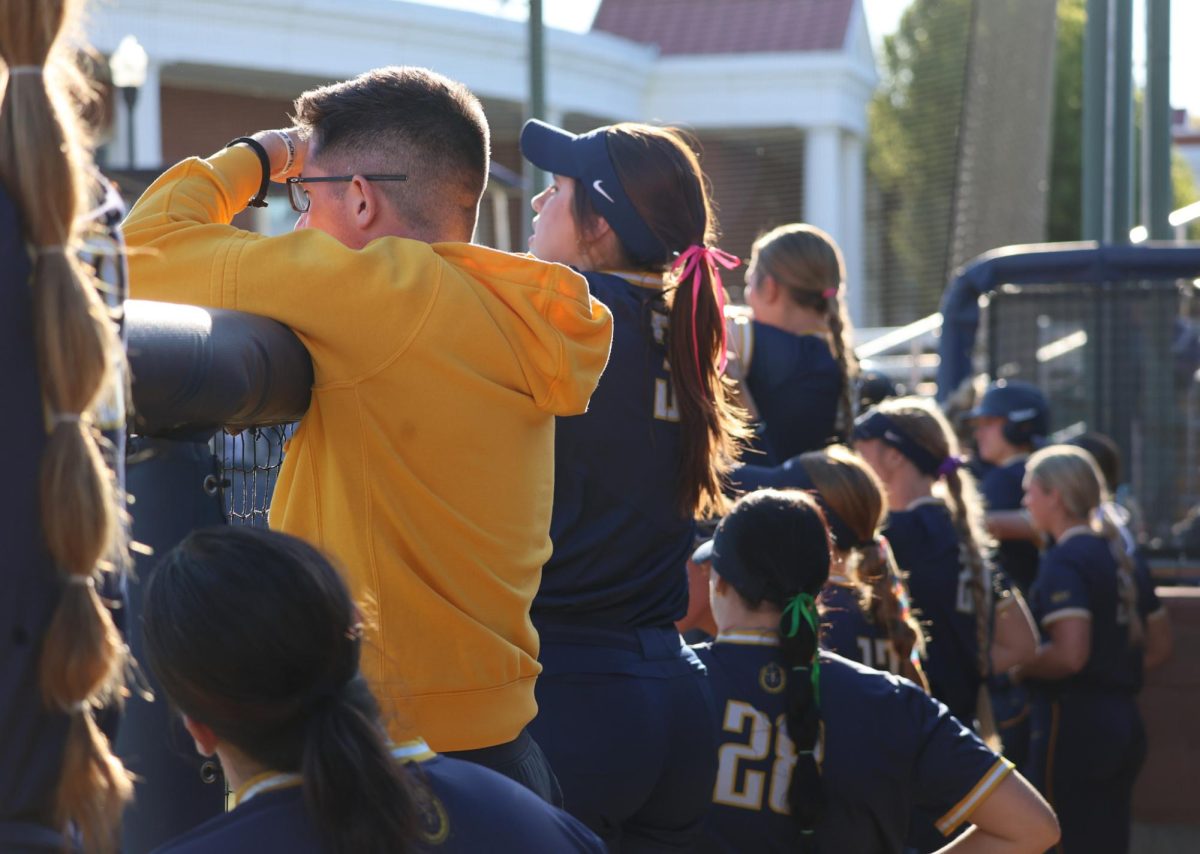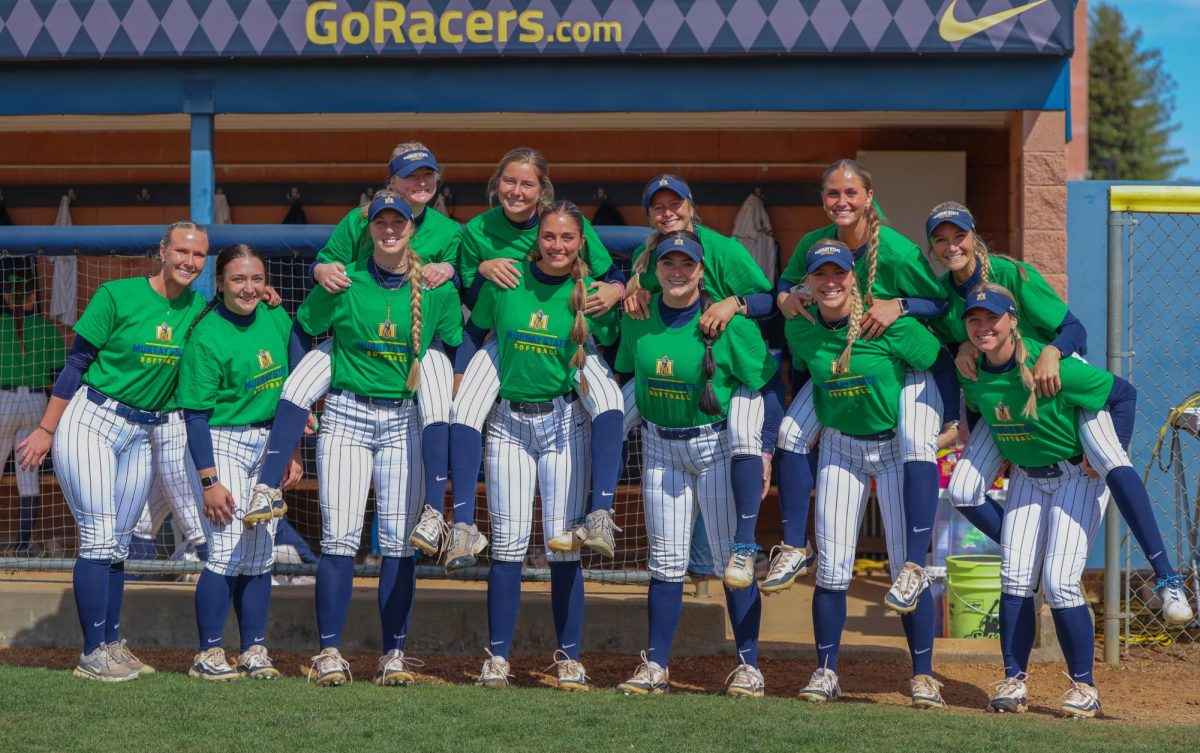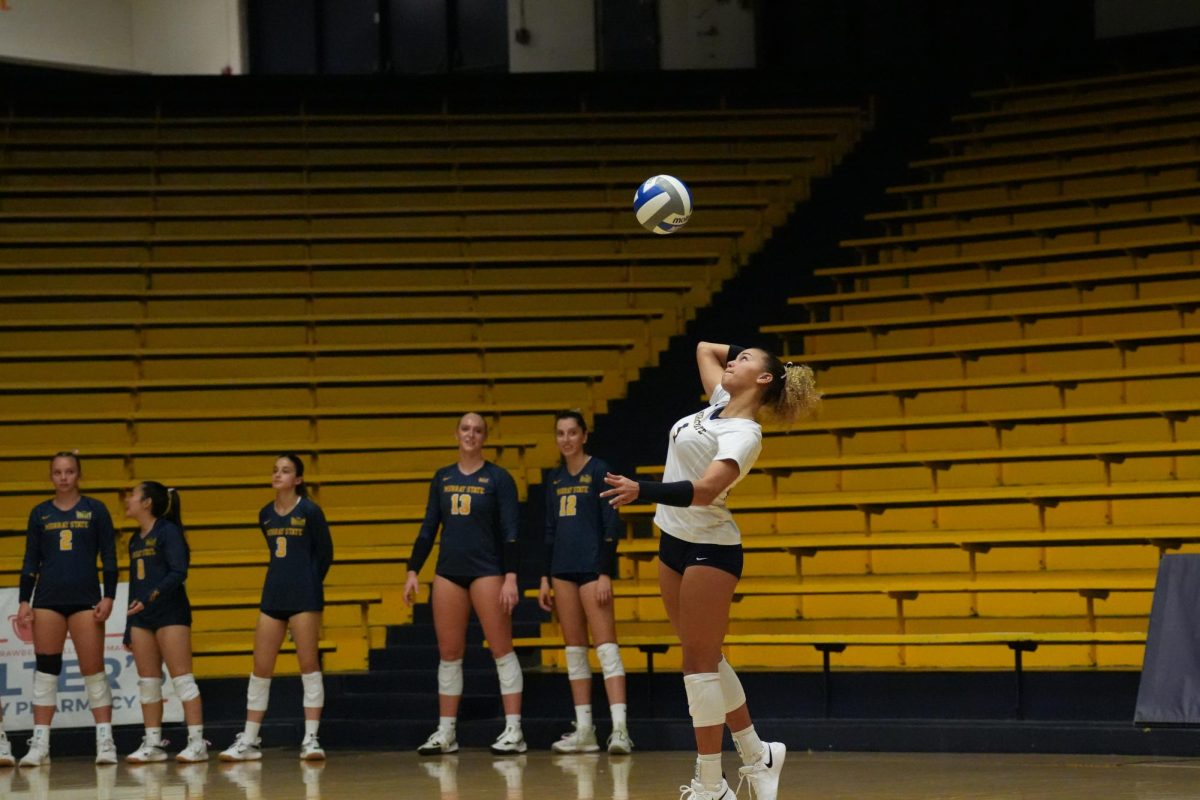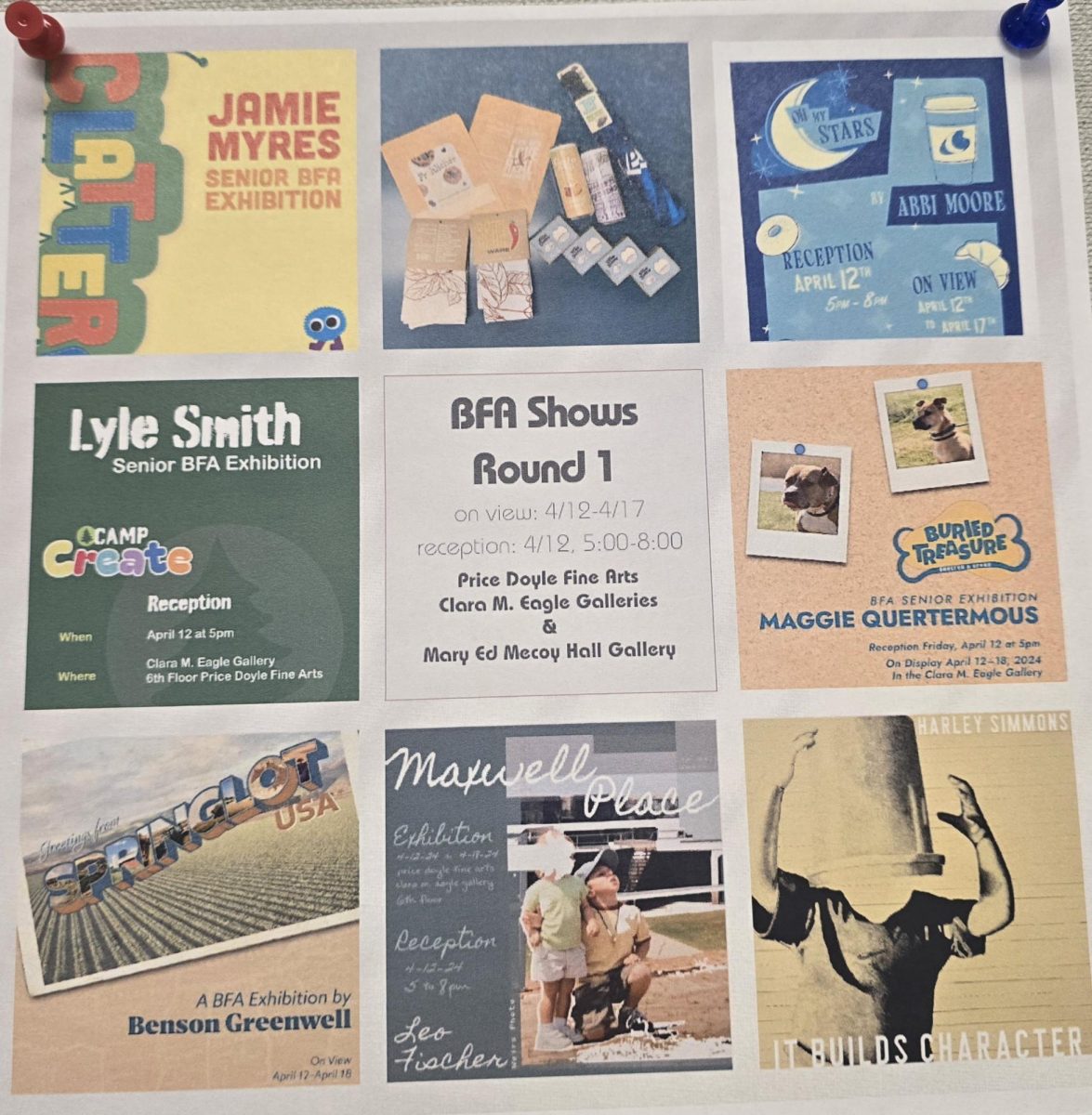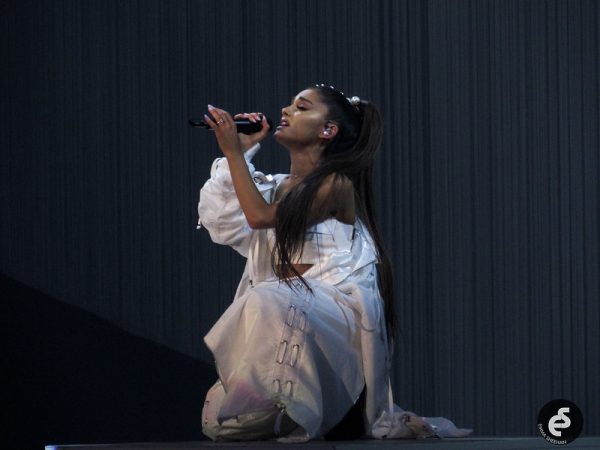Sawayama takes listeners to Hell in new album
September 22, 2022
After becoming a well-known name in the music scene with her critically acclaimed 2020 album “SAWAYAMA,” Rina Sawayama is back with a country twang to her pop sound in her sophomore album “Hold the Girl.”
The Japanese British musician gained traction with her self-released compilation album “Rina” in 2017. After its debut, Sawayama was signed to the record label Dirty Hit.
“SAWAYAMA” made waves through the pop community for its genre-blending sound, where she highlighted her culture as well as critiqued the current economic climate. In an interview with Apple Music, Sawayama said the album was doing better than she ever could have imagined. During all the excitement, though, she said the pandemic had left her emotionally drained and mentally unwell.
“Hold the Girl” is Sawayama responding to her emotions during those times of physical and emotional isolation.
The 13-track album begins with “Minor Feelings,” where Sawayama addresses “minor” things that can immensely hurt people, such as microaggressions.
Sawayama talks about feeling out of place, and the song does a great job of opening the album with a softer sound and a calm guitar strum, cluing listeners in to what the rest of the album will sound like.
The second track, “Hold The Girl,” takes a left turn from “Minor Feelings.” The track begins with a slow, vocally isolated intro that explodes into an early 2000s jivy pop sound and then into a country sound.
Sawayama does a great job blending pop and country, while also letting them stand separately and giving each element its moment to shine. Sawayma talks about reassuring and comforting her younger self, a testament to what she will grow up to face.
“This Hell” was Sawayama’s lead single where listeners were made aware of the western twang she was channeling.
Sawayama draws parallels between reality and hell. Despite her hellish reality, Sawayama is OK because she has a lover that makes this hell manageable.
“Catch Me In The Air” is about Sawayama finding her wings, shedding her fears and overcoming her obstacles.
“Forgiveness” has an intro that feels reminiscent of a Mazzy Star sound with the acoustic guitar and echoing tambourine. Sawayama sings about the complexity of forgiveness when the actions of the person she wants to forgive are still hurting her.
“Your Age” is peak country for Sawayama with a banjo intro that combines with a pop beat. Sawayama reflects on someone who messed with her life and wonders why they did what they did now that she has grown up to be their age.
I enjoy the vocoded portions of cloudy conversation because it really captures a bottled up rage. I also enjoy the rock outro, but I wish it packed more anger and became more explosive.
“Imaging” goes down a techno-pop route, and similar to “Your Age,” the vocoded sound makes a return, but her words are clear. Sawayama is trying to figure out why she feels bad but she can’t come to a conclusion.
“Frankenstein” keeps us closer to the pop spectrum and has a bit of a spooky zigzagging synth which fits the title.
Sawayama compares herself to Frankenstein, as she opens herself up to someone and shows them her errors, wanting them to help put her back together. I love the end where the beat becomes more glitchy and punchy.
“Hurricanes” brings back a very early 2000s country pop sound which is refreshing to listen to. Sawayama sings about chasing a hurricane, an allegory about chasing a person. She wants to know that someone is there with her, even if their presence is an inconvenience.
“Send My Love To John” is the most ballad-esque track, backed by Acoustic guitar and Sawayama’s vocals.
In her interview with Apple Music, Sawayama said this song is based off of an unnamed friend she had in college. Her friend struggled with their parents not being supportive of their queerness.
Sawayama recalls a phone call she had with their mother, where the mother said, “OK, I’ll speak with you soon, and send my love to John.” John was the name of her friend’s boyfriend, and Sawayama calls it a “breakthrough” in terms of acceptance.
Sawayama takes on an unusual perspective by singing about latent acceptance from the stance of the mother. Being queer myself, I think this was a beautiful perspective to take on.
“Phantom” is also acoustic focused. Sawayama describes being left by someone and desiring their presence again, but she’s only left with a ghost.
“To Be Alive” ends the album on a bubbly pop note. Sawayama describes overcoming her feelings during isolation and coming back to a sense of emotional normalcy, not forcing introspection.
Fueled by an early 2000s pop and country sound, “Hold the Girl” makes for a strong return from Sawayama. All of the tracks on the album show a great range of pop, country, alternative and rock.
One of my only gripes with “Hold the Girl” is that it lacks the edge that “SAWAYAMA” had, one of the elements that really attracted me to Sawayama. Some of the most memorable Sawayama tracks, such as “XS” and “STFU,” are known for their rage and anger, and I wish I could see some more of those potent and raw feelings on “Hold the Girl.”
But since this album was meant to be therapeutic, I can understand why the rage wasn’t as present.
Also in comparison to “SAWAYAMA,” I don’t feel there’s as many infectious standouts: all the songs are good, but many of them don’t grip me as much.
Overall, Sawayama shows listeners the different avenues pop music can take, and for that, “Hold the Girl” deserves an eight out of 10.
For me, Sawayama is one of the most interesting and authentic pop stars of our time, and I look forward to what she has in store for the music world.



